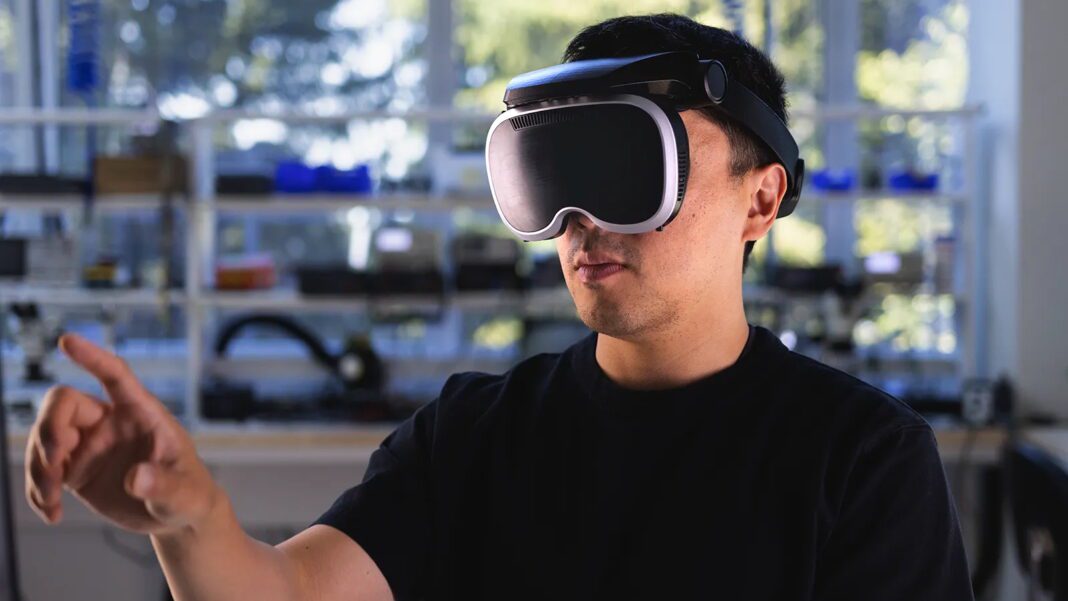YouTube has begun rolling out a new AI-powered age estimation system in the U.S. that determines whether a user is under 18—without asking for a birthdate. The system analyzes signals such as watch and search history, video categories, and account age to automatically apply age-appropriate protections and content.
How It Works & What Happens Next
- Starting around August 13, 2025, YouTube will quietly begin estimating the age of a subset of U.S. users via machine learning. Accounts flagged as underage will automatically receive:
- Disabled personalized ads
- Digital wellbeing tools (e.g., break reminders, bedtime notifications)
- Limits on repetitive videos and sensitive content tracking
- Blocked access to age-restricted videos
- If the AI makes a mistake, users can correct it by verifying their age with a government ID, credit card, or selfie. Only verified or estimated adults regain full access to content.
Why This Move Matters
YouTube’s AI approach represents a shift from simple self-declared birthdays to behavior-based age checks. It aims to protect teens better amid stricter regulations globally—such as the UK’s Online Safety Act—without disrupting adult experience. However, concerns are mounting regarding algorithmic errors, user privacy, and verification requirements.
Summary Table
| Feature | Details |
|---|---|
| Launch Timing | U.S. rollout begins mid-August 2025 |
| How Ages Are Estimated | By analyzing search behavior, watch categories, and account age |
| Teen Protections Applied | Personalized ads off, digital wellbeing tools active, restricted content access |
| Appeal Path for Adults | Government ID, self-ie, or credit card required to regain normal access |



